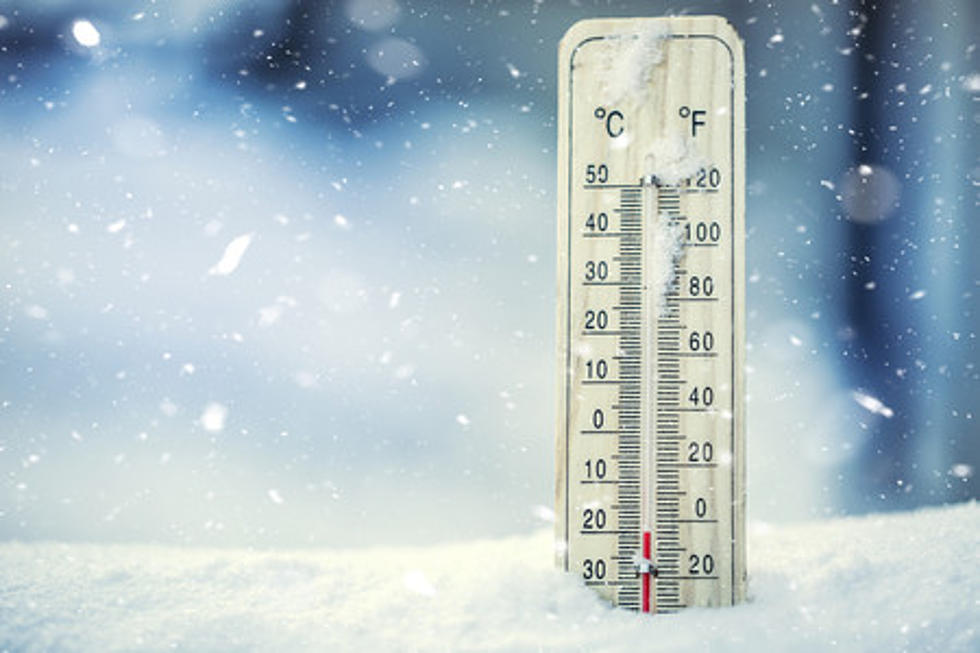
Why Does Your Low Tire Pressure Light Come On In A Minnesota Cold Snap?
We've kind of have been on a roller coaster of weather throughout the winter. We started off with super sub-zero temperatures around the holidays, and then most of January brought much milder temperatures. With the law of averages, we knew we would eventually get another cold snap. That's what's happened lately, with temperatures in some parts of the state as low as -30 F.
When big cold snaps happen, you'll likely notice more people airing up their tires at gas stations and fill stations. You probably will notice too that your TPMS (Tire Pressure Monitoring System) may be going off. Why does this happen?
Cold weather changes air density.
When the temperature drops, the air gets dense. That causes the tires to lose one to two pounds of pressure for every 10-degree drop in temperature. So imagine we go from 20 degrees to 20 below zero. That could cause you to lose as much as 8 psi in a short period of time. That will most definitely cause your TPMS to warn you of low tire pressure.
If you drive a bit, you will notice the light may go off, but you still need to add air.
So you are in a hurry and notice none of your tires are actually flat, so you start to drive. After 15 or 20 minutes your light may actually go off and things may seem normal. The reason for this is that when you drive, the air in your tires heats up again, raising the tire pressure. As soon as the tires cool after you park for a while, you'll likely see the warning again.
Make sure to fill your tires to the recommended psi.
It's a good idea to top off the air in your tires to the manufacturer's recommended tire pressure. You can easily find this inside the driver's side door.
If you're not sure how to fill up your tires, many places offer this service. I know for example Auto Ace Express lube in Kenwood does free tire air pressure checks. Tire dealers also sometimes offer this as a complimentary service to their customers.

Otherwise, find an air compressor at a gas station. Most places offer free air for tire fill-ups.
A green cap on your tire means that it's filled with Nitrogen which is not affected by cold weather temperatures.
Some manufacturers use nitrogen to fill up the tires, because they are less likely to leak and aren't affected by temperature changes. However, nitrogen isn't easy to find to fill up. If you add air to your nitrogen-filled tires, you won't cause any damage, but it will dilute the benefits of having nitrogen-filled tires.
LOOK: The most extreme temperatures in the history of every state
More From KOLM - 1520 The Ticket







